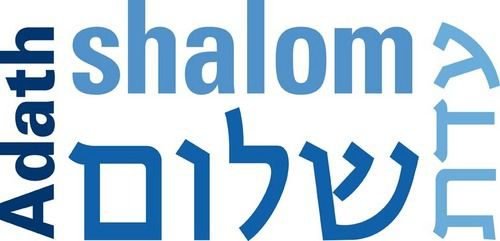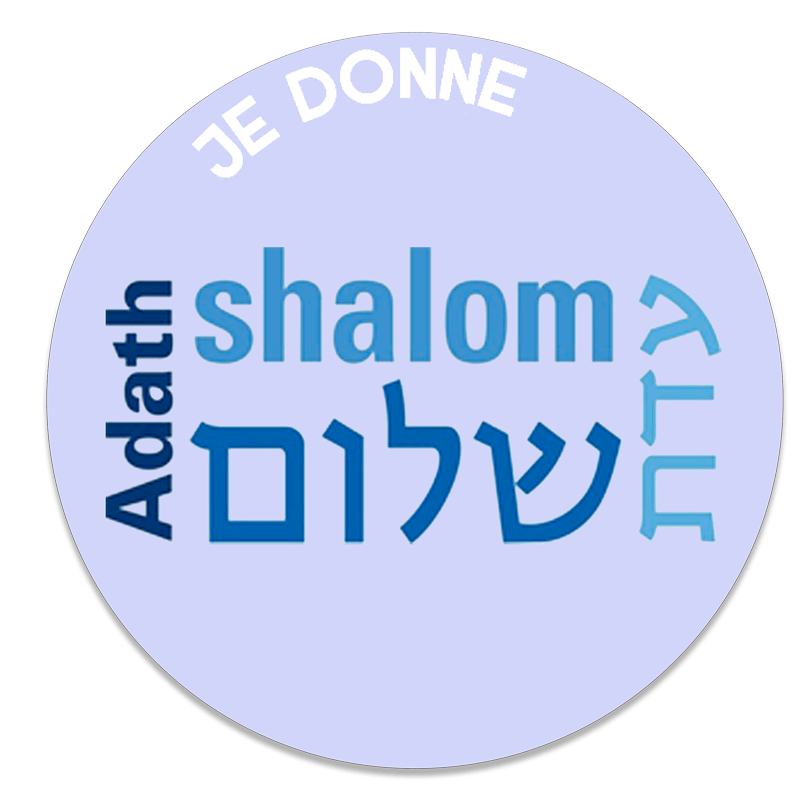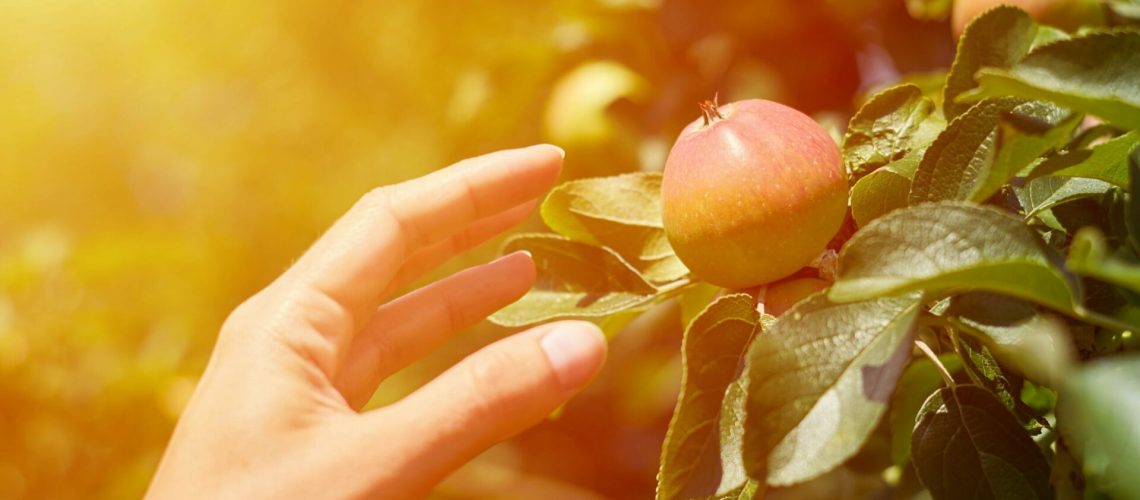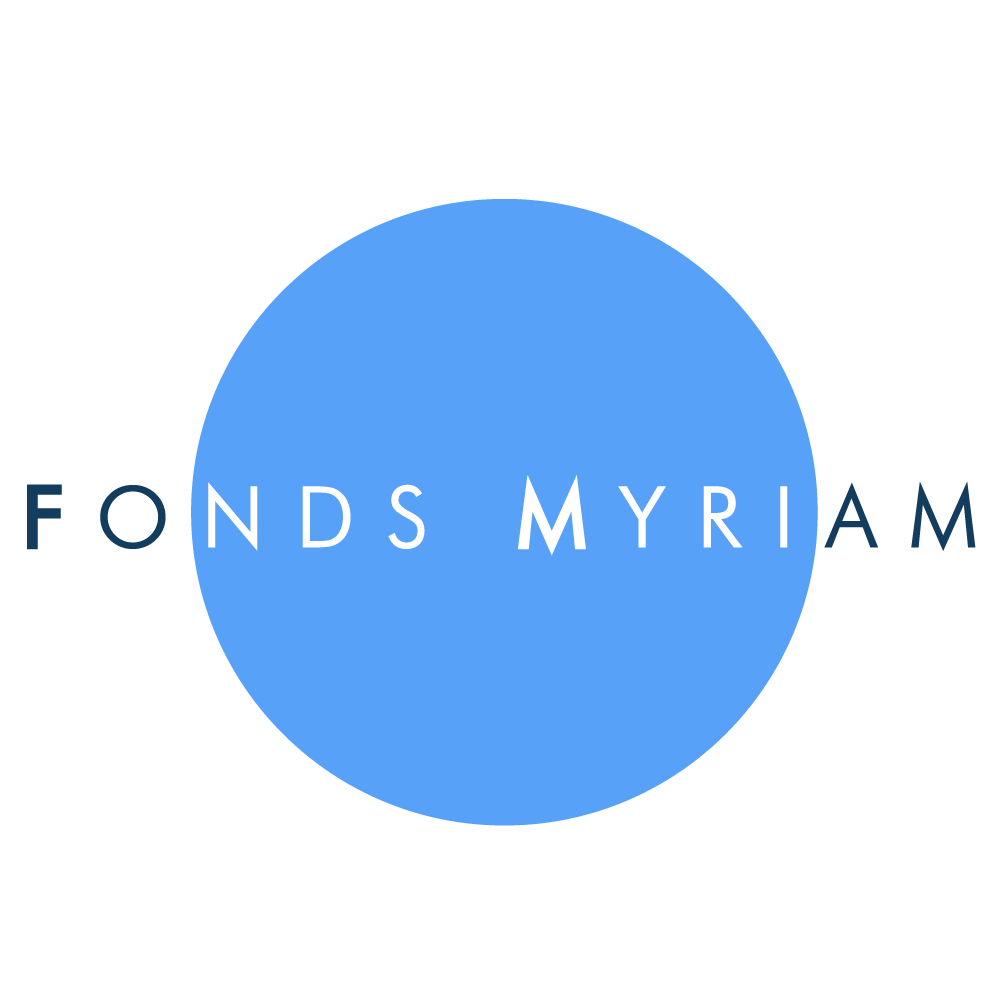Bereshit 5783
Rabbi Josh Weiner of Adath Shalom Paris
I’m happy and proud that Claire gave the drasha yesterday evening, with the focus on the human responsibility for the ecological health of our planet. I also spoke on Roch Hashana about the climate crisis as the first priority for our society this year.
This year, after the dry summer, our prayer for rain at the end of Sukkot was very honest, and continues to be. As Rivon said, we pray for good rain this winter, not too much, not too little. The rise of food prices by ten percent in the last year, if nothing else, should give us motivation to pray for peace and for normal weather.
But it is not the job of rabbis to give tips on energy sobriety, and although the carbon impact of the Jewish population is significant compared to our size, the truth is that a change within the synagogue isn’t what will save the planet. Rather, as always, the strength of the Jewish people has never been its size or its strength but its ideas. So it is with the climate crisis. Others will come up with the technology needed to live a more adapted life on our planet, and to repair the damage we and earlier generations have inflicted. But before technology, we need a theology. Nothing will change until people care about change. And encouraging people to care about things is where religions have thousands of years of experience.
The story of creation might be the key, or one of the keys, for creating the commitment needed on the level of society to make the big changes needed. In the days of the Temple, the daily sacrifice was offered by the Cohanim – specifically, there were 24 groups of priests, and every two weeks it would be the turn of a different group. Corresponding to them, there were 24 groups among the Levites and another 24 among the Israelites, the regular Jews. Each one was called a Ma’amad.
What did the maamadot do while the priests were sacrificing?
According to the Mishna, they would gather in the synagogues and read the story of creation in the first chapter of Genesis – every day, the verses corresponding to that day. This practice has been preserved in some communities. Recently, Rabbi Arthur Green, the head of the rabbinical school Hebrew College in Boston, has called to reinstitute this daily reading of the creation story. The idea behind it is that internalizing the idea of a created world is what 21st century humanity needs at the moment. Something created is something worth protecting.
This is perhaps what is behind the Talmud’s statement:
אָמַר רַבִּי יַעֲקֹב בַּר אַחָא אָמַר רַב אַסִּי: אִלְמָלֵא מַעֲמָדוֹת לֹא נִתְקַיְּימוּ שָׁמַיִם וָאָרֶץ
Rabbi Jacob bar Aha said in the name of Rav Asi: were it not for the Maamadot, the heaven and the earth would cease to exist.
This is usually understood as applying to the maamadot of sacrifices, but this year, for the first time, I read it as applying to the regular people reading the story of creation, day after day, week after week. Without this Maamad, this ceremony of commitment to the story, the world stops being seen as created, and therefore precious and necessary, and can be exploited to the point where the very existence of the heavens and the earth are threatened.
Claire asked yesterday what the difference really is between humanity and the rest of creation, and I’d like to examine this question from a different angle. When God creates the animals on the fifth day, He gives an order:
וַיֹּ֣אמֶר אֱלֹ-הִ֗ים תּוֹצֵ֨א הָאָ֜רֶץ נֶ֤פֶשׁ חַיָּה֙ לְמִינָ֔הּ בְּהֵמָ֥ה וָרֶ֛מֶשׂ וְחַֽיְתוֹ־אֶ֖רֶץ לְמִינָ֑הּ וַֽיְהִי־כֵֽן׃
God said, “Let the earth bring forth every kind of living creature: cattle, creeping things, and wild beasts of every kind.” And it was so.
The animals are described as נֶ֤פֶשׁ חַיָּה֙ . The Aramaic translation, which carries some of the oldest Jewish interpretive traditions, translates these words literally – נַפְשָׁא חַיְתָא, a living soul, a soul which has vitality. But when it comes to the creation of the first man, the act is more intimate:
וַיִּפַּ֥ח בְּאַפָּ֖יו נִשְׁמַ֣ת חַיִּ֑ים וַֽיְהִ֥י הָֽאָדָ֖ם לְנֶ֥פֶשׁ חַיָּֽה׃
He blew into his nostrils the breath of life: the Human became a living being.
L’Éternel-Dieu façonna l’homme, — poussière détachée du sol, — fit pénétrer dans ses narines un souffle de vie, et l’homme devint un être vivant.
The same words here to describe the human soul, נֶ֤פֶשׁ חַיָּה֙, but the Aramaic translation this time renders it differently – רוּחַ מְמַלְלָא – a speaking soul. This is the difference between man and animal, this is the human in the image of God – the ability to speak. And straight away, Man’s first task is to name the animals: each animal is brought before him “to see what it will be named.”
It’s interesting to note Adam’s linguistic language, starting with individual nouns, the names of the animals, moving to description of similarity when he encounters his female counterpart “This time, bone of my bones, flesh of my flesh” – and then finally, the first verb, “She shall be called icha, woman, for she was separated from ich, man.”
The next verse is a dispute between commentators, whether it was Adam or God who says it: “Therefore must a man leave his father and mother and cleave to his wife, becoming one flesh.” The act of naming finishes with a comprehension of how to act from this point on.
All this points to the idea of the primal task of humanity as those who give the world signification. Signification, in the Saussurian sense of creating a semiotic structure of signs, signifiers and signified. But more importantly, in the sense that we have the ability, and the obligation, to know what is important and what is not.
Adam is placed in the garden “to work it and guard it”, le’ovda oulechomra, because he is capable of understanding the difference between constructive and destructive acts, and because he is capable of understanding why it’s worth preserving the garden. All the other animals simply exist, but humanity can reflect on its existence, can comprehend the possibility of not existing, and make the necessary choices for not only surviving, but having a meaningful life in the image of God.
Theology matters – appreciating this beautiful fragile planet as a work of divine creation leads to a responsibility of working with it and guarding it. And the details matter too, of course. I hope this year brings us as a community, and individuals, to rethink the way we consume and produce. What we buy and where we buy it from and what we can choose not to buy; how we travel, and how could we travel differently.
I am glad that Claire is leading an Eco-Synagogue group that will work on these details. But it will only be significant if it serves as a model for lives of people outside the synagogue too, and if we see ourselves as partners in the story of creation – not only creation as a biblical story for parashat bereshit, but the grand narrative of our lives in which the world is created every day as a result of our choices.
Shabbat Shalom
